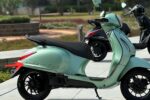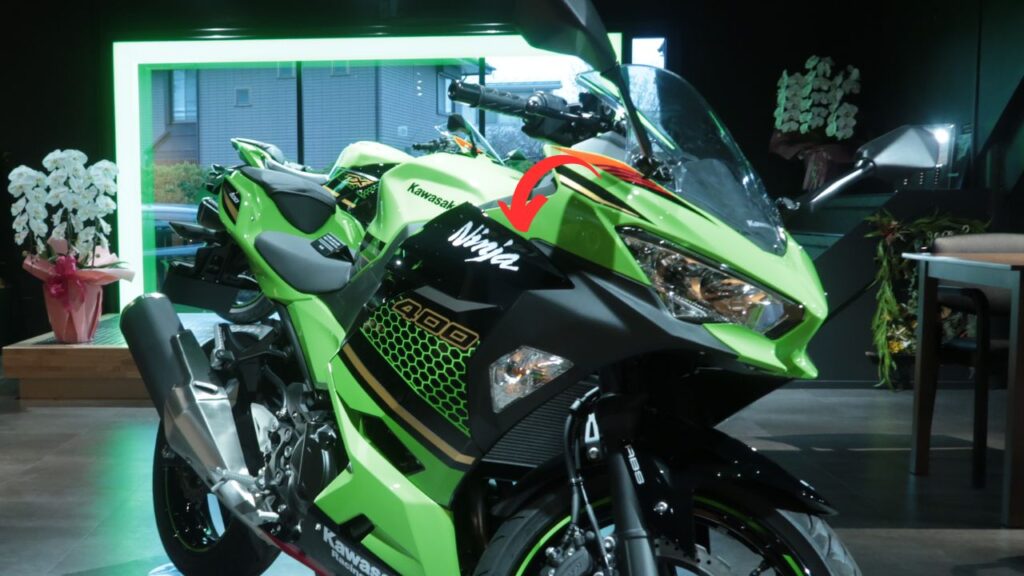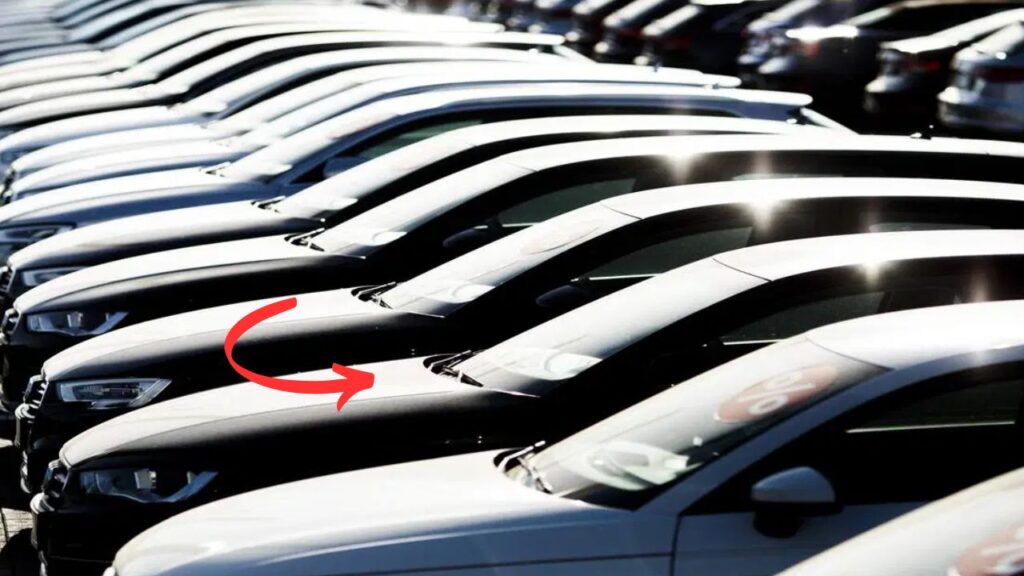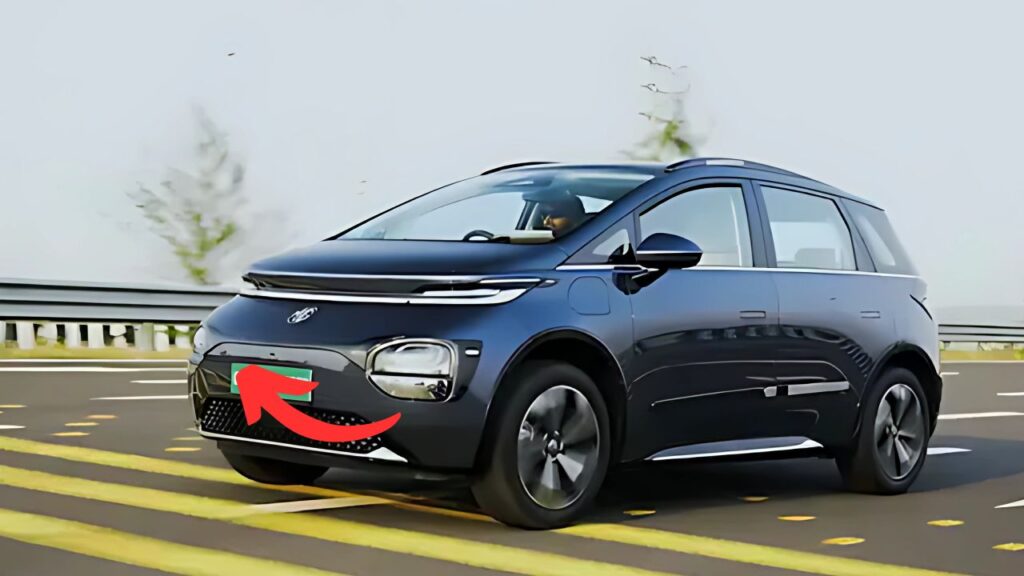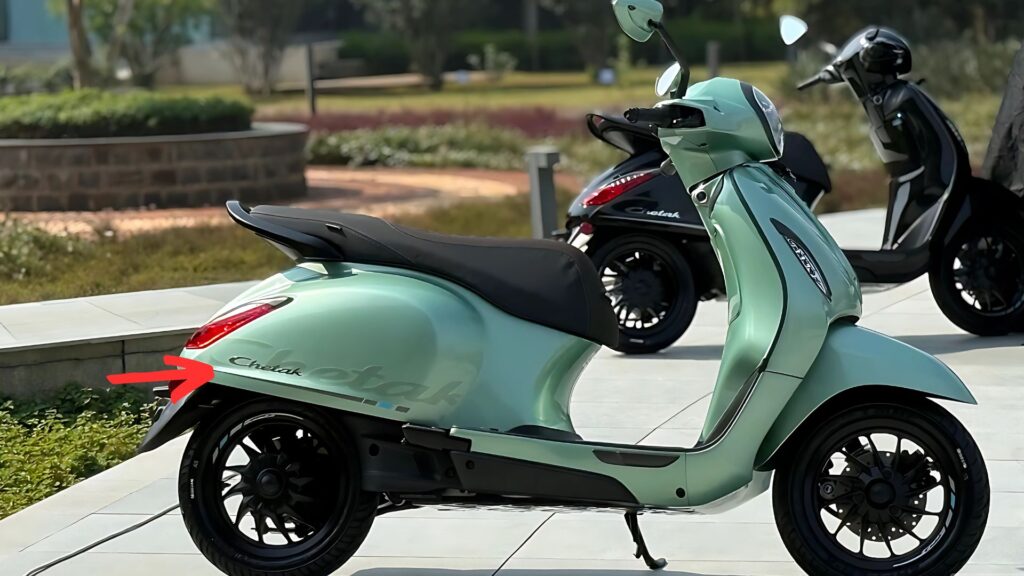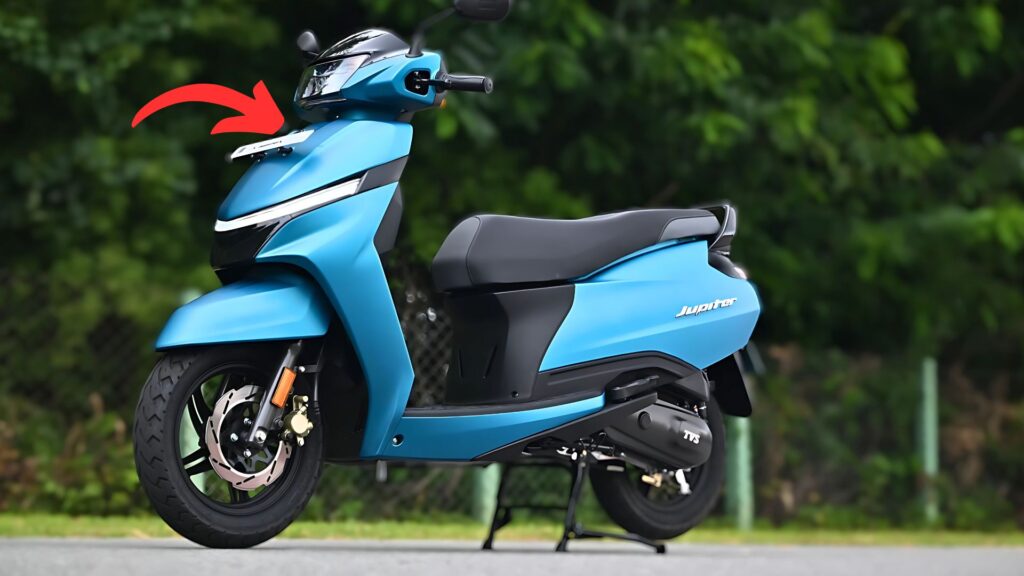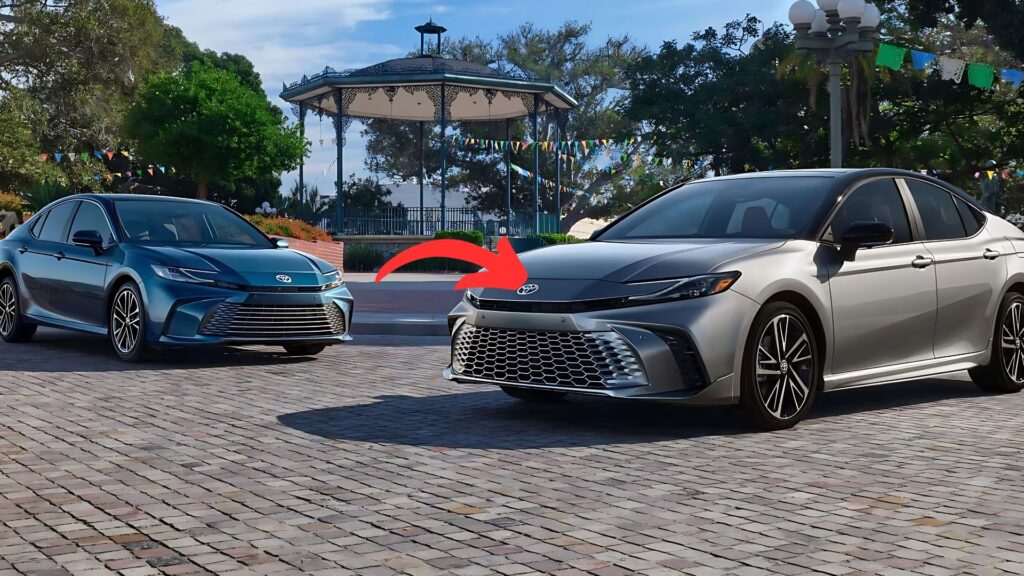Having covered over 10,000 kilometers on our Royal Enfield Himalayan 450 in varied weather and terrains in the last six months, we are back with our second long-term review. “Himalayan has always been about more than numbers in the specs—more about the experience, reliability and dealing with the unpredictable and challenging conditions on long rides,” they tell me. This update takes a closer look at what its like to live all-weather with this motorcycle.
Table of Contents
Living With The Himalayan 450: What It’s Like Beyond The Specs
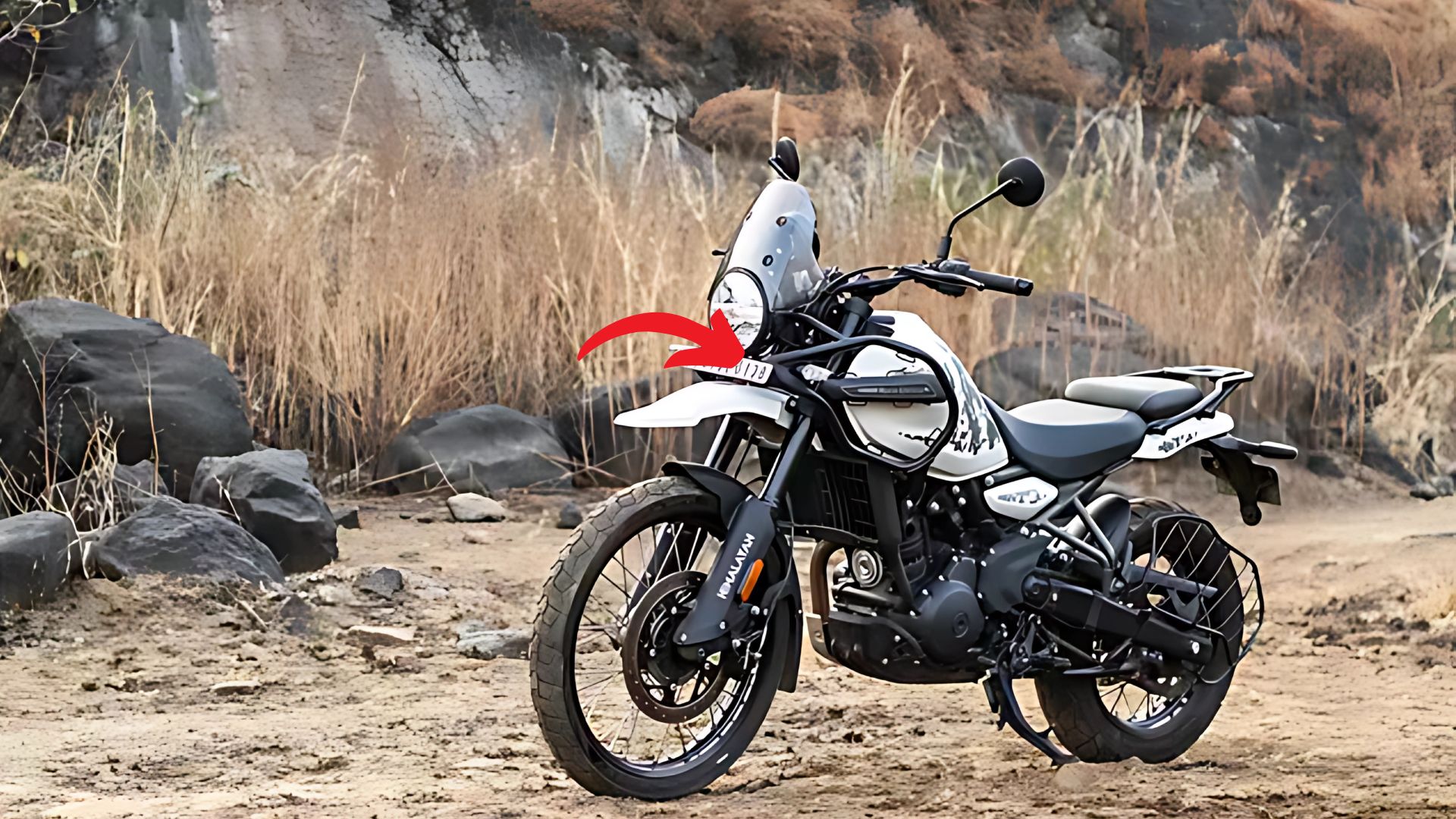
Like most new bike lust, the honeymoon period is more or less over after the first few thousand km, but it is not the case with the Himalayan 450 for us. While some adventure bikes suffer from the loss of their lustre on daily commutes, or struggle on a lengthy trip, this one has proved itself to be brilliant at both.
With monsoon hitting Mumbaikars hard, we pushed its way through the waterlogged roads of Mumbai and we can’t appreciate the 220mm ground clearance any less. Its raised air intake helped thwart the hydro-lock episodes that continue to afflict those competitors. That seat height. It worried me at first for my short legs, but was a virtue in slogging through deep puddles and flooded underpasses.
Fuel economy figures from Royal Enfield suggest it will be around the 40 km/l (approx) mark for the Meteor 350, something we’ve found them to be fairly accurate in real-world testing. On our fully packed pannier configuration for our week-long Himalayan adventure, even we never crossed under 35 km/l. Within the city, despite the 452cc single feeling a bit grumpy in stop-go traffic, we were forever in the range of 38-42 km/l.
Performance Across Seasons
Summer proved to be a different problem altogether. The desert charge from Jaisalmer to Jodhpur was an endurance run for both us and the bike’s cooling systems. Oil-cooled Tennessee motor kept its cool even in temperatures above 45°C, but prolonged stints on the highway often resulted in heat being trapped around the right thigh—something Royal Enfield have remedied with the fitment of optional heat shields in our test bike’s sixth month.
The winter riding it opened up to the Himalayan was something else though. Not even in sub-zero temperatures, which we experienced during our Ladakh sojourn, were the fuel-injected engine’s start-up traits affected. The 21-inch wheel up front and 17-inch wheel out back were both shod with CEAT dual-sport tires, and they worked brilliantly even when encountering morning frost and ice patches. The ABS is not switchable, but rarely did it get in the way of our off-road adventures and it saved us on the occasional black ice we would come across.
Although the TFT display has had its detractors regarding its size and placement, it was very useful during night riding. Auto-brightness dimming is great, and turn-by-turn navigation was smooth with the smartphone’s GPS. Battery consumption was minimal as well, only about 3% of phone battery per hour of navigation—far superior to aftermarket solutions.
Reliability: The Ultimate Adventure Test
Reliability is everything when it comes to adventure bikes and we have certainly put the Himalayan 450 through its paces in the last six months – and it hasn’t missed a beat. The advertised 8,000km service interval was honoured, with some minor checks between services. They never left us stranded, even on isolated stretches of Spiti Valley where the nearest dealer was 400 km away.
Yet it’s not all smooth sailing. At the 6,000km mark, we started to notice a bit of vibration being transmitted through the handlebar at freeway speeds. A dealer inspection was performed; loose engine mounts were found ― a fairly typical finding in newly designed engines. It was fixed under warranty with new mounts and the problem was gone.
The suspension, formed by 43mm USD and a rear monoshock, has proven to be bullet-proof. After hitting countless potholes, rocky trails and washboarded roads, there were no signs of oil leak or performance loss. The preload adjust-ability was also a welcome when I had to transition from solo commutes to fully loaded touring.
There seemed to be some quality issues in the paint and certain plastic parts didn’t seem to fit very well. Our white test unit already displayed blemishes in heavy wear areas, such as where the engine mounts. The side panels also had some small rattles from long days on gravel roads. None of this affects performance, but it could be enough for some long-term owners, particularly resale-obsessed buyers, to get a little nervous.
Real World Comfort And Ergonomics
The ergonomics of the Himalayan 450 divided our test riders. Tall guys would appreciate the relaxed, sit-up-and-beg seating, although there wasn’t much back pain after 10-hour days in the saddle doing mainly highway distances. The shorter riders had a bit of a problem learning to flat-foot it, but quickly adjusted and figured out how to use the bike’s lean over support.
The comfort of the seat is still being discussed. Although the padding is sufficient for the first 200K, it firms up significantly past that point. We took care of this by adding an aftermarket gel seat cover making the long-distance touring something that can be enjoyed all day long. Although criticized initially for being too small, the rear seat was better than expected during my pillion outings at the weekend.
We were impressed with the airflow protection of the adjustable visor. They were feeling pretty good, too: 120 km/h is the bike’s ideal cruising speed, and rider fatigue was negligible even at that speed. However, I did feel some buffeting on certain helmets, flip-up helmets in particular. This was easily fixed though by fitting a low touring screen from the official accessories catalogue.
The placement of the handlebars found a good middle ground for both on-road and off-road. I found the feel and location of the controls to be intuitive with the exception of the starter button that, when wearing my thick winter gloves, would be confusing and I would sometimes press the wrong button. The Mirrors are reasonably good but produced some buzz at certain revs, pretty typical for a single.
This Is The Real Maintenance And Ownership Costs
Six months down the line the price of owning a Himalayan 450 was laid bare. Three services (INR 12,000) comprised of oil change, filter replacements and general check-up. Add our normal sundry consumables, like chain cleaning kits, which came to about INR 500 every month. I had to pay a yearly insurance of INR 8,500 with Comprehensive insurance.
Options of spare parts were more than we could even hope for. During a trip to Sikkim too, mundane parts were easily available in authorized service centers. Third party modification support enjoyed a golden age, with companies producing addons like sump guards and auxiliary light kits specifically for the 450.
The resale depreciation is all speculative, but it seems like the early assessment of 2/3 will be a magic number. Used Himalayan 450s with 5,000-7,000 kilometers fetch 85-90% of their original stickers, which is much stronger than a lot of Japanese rivals that suffer similar age and mileage devaluation.
Competition And Value Propositions
During our testing, we measured and compared the himalayian with its main competitors. The BMW G 310 GS is more refined but doesn’t have the Himalayan’s ground clearance or off-road ability. The KTM has more raw performance but is less at home over long distances.
The CB300F Rally was the Himalayan’s most direct competition, providing equal versatility with more livable highway manners. But for many of the adventure riders we met on the road, the Himalayan’s lower costs and broader dealer network was enough to justify its existence.
The greatest advantage of the Himalayan however, is its price position. At Rs 1.69 lakh (ex-showroom), it is cheaper by 30-40 percent as compared to most adventure options available. That saving will buy a lot of touring extras or extra days on the road, which makes the deal particularly appealing to people new to adventure riding.
The Jury’s Still Out after 10,000 Kilometers
This Royal Enfield Himalayan 450 can handle more than just sunny adventure days. It has developed into a very reliable mate for riders seeking true all-‘round ability. The engine is not overly sophisticated, but it is relatively efficient with the power it produces for even the harshest climate.
Flaws are present — vibrations at speeds, some paint problems, the hard seat padding. But these are small sacrifices for the motorcycle’s complete package, and actual usability. The Himalayan 450 is really great at not just being friendly to new adventure tourers but to be inclusive to riders who previously would have felt too intimidated by adventure touring options.
Six months later, he’s still undeterred. Every weekend is loaded with new opportunities, be it mountains passes or back alley racers. Just looking at the Himalayan 450, it’s something that encourages exploration and rewards you with reliability and performance when you step outside of those zones of comfort.
Prospective buyers need to look past spec sheets to understand that bike. Rather, it’s about accepting occasional flaws in order to reap brilliant versatility. It’s not perfect, but the 450 is perfectly aimed at riders who prioritize real-world adventure over spec-sheet showroom shopping.
Would we recommend it after 10,000 km? Absolutely. With the Himalayan 450 you will push the budget adventure envelope. It’s not just a motorcycle; it’s a conduit to adventures that we’ve been dreaming about more expensive bikes. For adventure riders in search of a cost-effective all-rounder, the Himalayan 450 comes close to leading the pack.
Ultimately, adventure motorcycles are not just judged by their specs, but in the stories they facilitate. The Himalayan 450 kept the spirit of wild off-road riding alive and was indeed a successor to the 350 if not in name and so the successor hopes to write the new chapters of Himalayan adventure touring. Whether the monsoon pours or the winter sun dips behind the mountain peaks, this Royal remains a trusted companion and always up for the next challenge.



